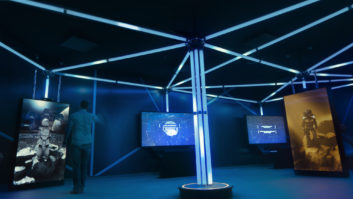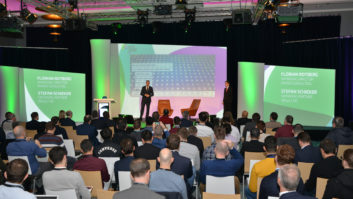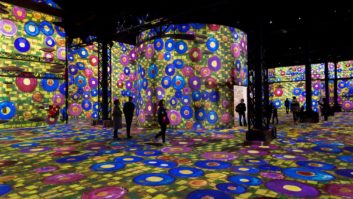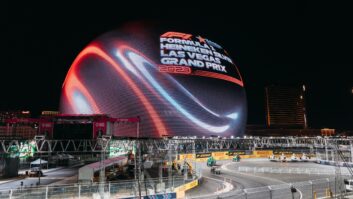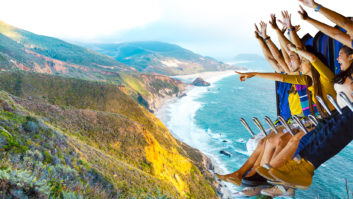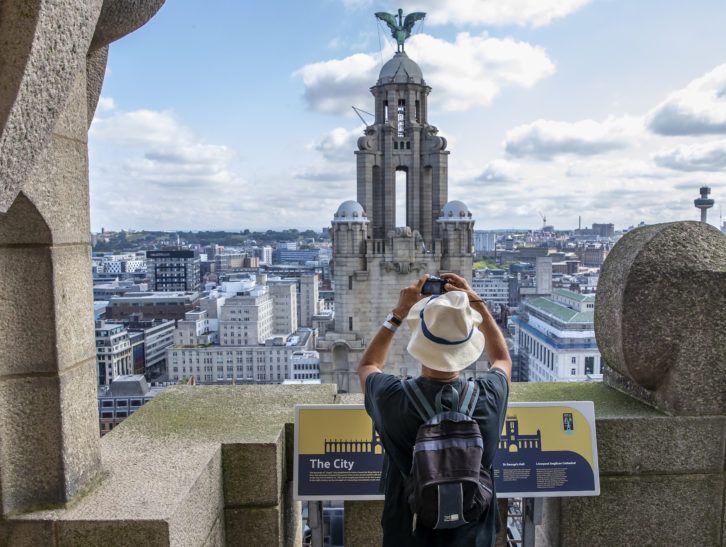
In the first part we presented the current picture of social media in visitor attractions and how it is helping operators communicate directly and showcase the differing degrees of its brand in various ways. Here Rob Lane looks at what happens next and how content can be built into the visitor experience in a more seamless way.
However, it’s easy to just treat social media merely as an add-on, a must-have, without thinking creatively about how it can truly enhance visitor experiences, beyond the opportunity to spread the word via the various channels.
“Whilst social media is all-pervasive in attractions marketing these days, it seems to me to operate within fairly narrow spheres,” opines Simon Reveley, CEO Figment Productions. “There’s definitely room for innovation: you often hear that attractions are hungry for new ways to extend the guest experience.”
There’s also a danger that social media could undermine the magic of experiences. The time a guest spends in the heart of any experience are precious moments – and can sometimes just be a few minutes after a long wait in a queue! So, it could ruin the experience of being immersed in another world if the visitor is distracted by another Instagram opportunity.
“I think we can all do more to build content generation seamlessly into the experience itself,” continues Reveley. “Technology can help, moving us forward from the traditional model of awkward photo opportunities, towards integrated technology where the magic can be captured invisibly. In fact, there are lots of ways that can be built into rides and other attractions already.”
The real trick, according to Reveley is what happens next. Attractions need to look at new methods to unlock the way guests access generated media. This has been tried before with QR codes, but these haven’t always proved popular (the process is a little convoluted) with unpredictable levels of adoption among guests. Well-produced apps are one answer, but differing attitudes among visitors to downloading bespoke attraction apps need to be carefully assessed.
“Technology can help, moving us forward from the traditional model of awkward photo opportunities, towards integrated technology where the magic can be captured invisibly”
Simon Reveley, Figment Production
“The use of technology as a backdrop has caused recent challenges for the AV industry,” says Blair Parkin, principle, executive vice president at TEECOM. “Single chip DLP projectors produce images that are difficult to capture on a mobile phone because of the way the image is made up sequentially at high speed from red, green and blue images. LCD projectors are starting to make a strong comeback in museums as the images they produce can easily be captured in a selfie.”
In addition, many attractions have to upgrade their WiFi systems in order to support the growing number of wireless transactions sending images, communicating on social media. Parkin: “Specifically, close to any exhibits which are popular, the number of available WiFi challenges has to be increased meaning more robust and higher density WiFi systems being deployed within the attractions. Social media relies on connectivity.”
New technologies like augmented reality can provide great opportunities for user generated content, transforming queue lines from frustrating experiences into new entertainment zones with innovative interactivity. “AR in particular is an amazing double-whammy,” enthuses Reveley. “It provides spontaneous interactive entertainment and generates content that’s instantly shareable on social media – and the media itself can act as both a promotion for a ride/attraction/IP with the guest appearing as the star of the show.
“I’m amazed we haven’t seen more done with AR in this arena, especially as the number of active smartphones capable of delivering excellent AR experiences has skyrocketed. This is far from niche technology – it’s mass market now, although a lot of people have probably never used the AR capabilities of the phone that’s already in their pocket.”
According to Reveley, there are certain types of technology-based attractions that open up new ways of generating shareable media. “We have a hyper-reality experience where we allow guests to create their own avatars where they can choose the body shape they want as well as virtual costumes,” he explains. “Crucially, their face is their own: we generate a 3D version of their head from a single picture. They then embody that avatar throughout their journey into other fantastic worlds and we capture their adventure, which allows us to give them a take-away video: it’s the movie starring the guests.”
This is far removed from the isolation of ordinary VR experiences, and is more of a social experience for groups of families and friends, with output resembling a movie trailer. Visitors can build and share their avatars before attending the attraction, and can then share the highlights video: as a ‘movie’ they star in.
Ultimately, while social media influences visitors’ choices, can help to generate additional interest and even enhance the visitor experience, it is only truly successful when working in tandem with exceptional attractions, often driven by exceptional technologies.
“Except for the side of word of mouth, I believe the success of the attraction or its operators basically depends on its own quality including uniqueness, quality of service, how spectacular, enjoyable or beautiful it is,” explains Reveley.
Suk Hoon Lee, S.I Division / deputy head of department, C2 Artechnolozy adds: “In the end, social media should be viewed as one of the public relations methods. Only the attraction’s own quality can truly impact on a visitor’s heart.”
Sam Smit, head of creative at Eden Project International, agrees, seeing social media as a necessary tool, but one that doesn’t necessarily improve the visitor experience. “It is relatively hard to get people to engage with social media beyond selfies, which can be very good for the visibility of the destination but doesn’t necessarily help engage visitors with the content.
“In the future we aim to find ways to enrich the visitor experience and spark conversations by applying new technologies and evolving design techniques to the creation of our experiences.”
www.c2at.co.kr
www.edenproject.com
www.figmentproductions.co.uk
www.teecom.com
